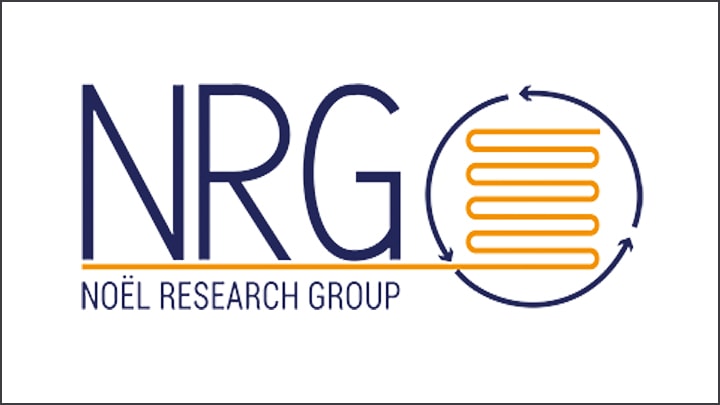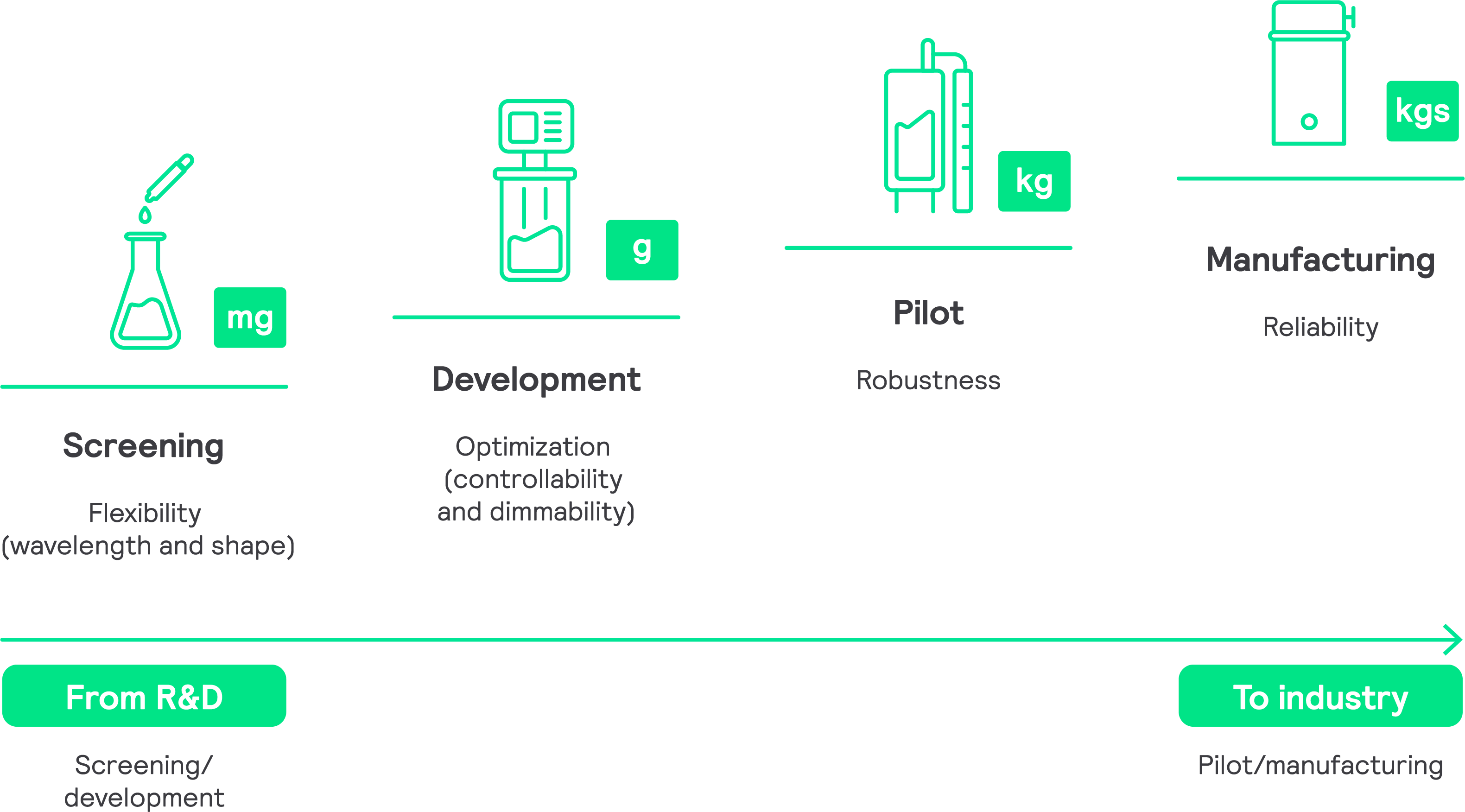



Photochemistry Spot module (PS)
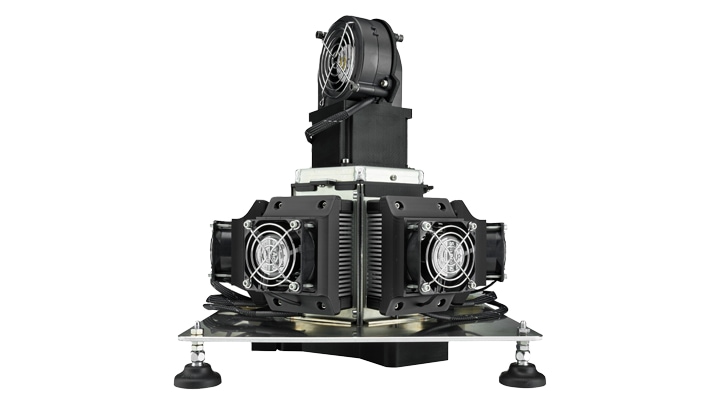
PhotoReactor (PR)
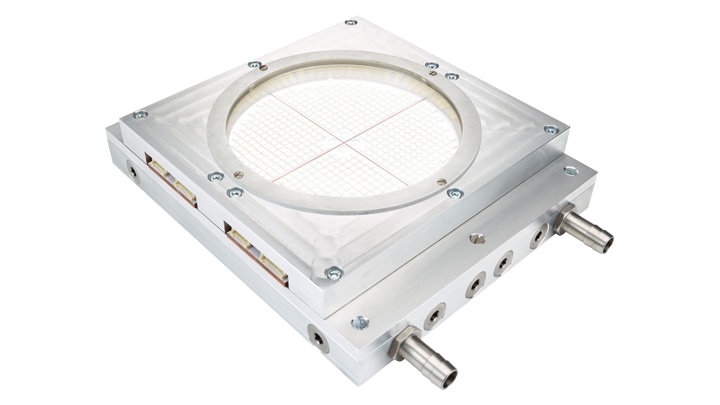
Photochemistry Circular Light Engine (PCLE)
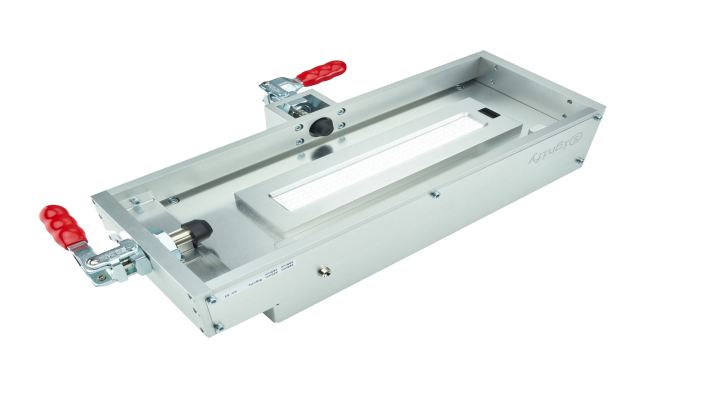
Photochemistry Linear Light Engine (PLLE)





Signify, previously known as Philips Lighting, is a company with over a century of experience in lighting solutions. Over the past few decades, the company has been leading the way in the shift from conventional lighting technologies to the more efficient and sustainable LED lighting.
By conducting rigorous testing and analysis, Signify can guarantee that its LED lighting solutions meet the highest standards of performance, longevity, and quality, providing customers with a lighting system they can depend on for many years.
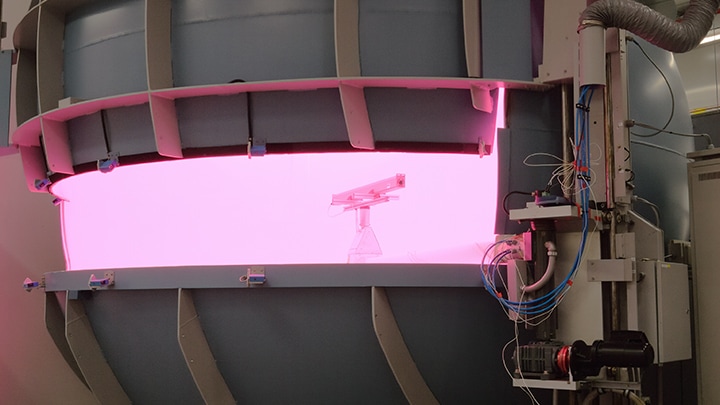
The Philips Lighting photochemistry journey began in 1925 at the Philips NatLab when scientists developed a process to produce vitamin D2 from ergosterol using a mercury lamp. This discovery led Philips to partner with the Van Houten chocolate factory in 1930 to sell chocolate tablets (Dohyfral) that contained vitamin D2, replacing the less desirable cod liver oil.
Since then, Signify (formerly Philips Lighting) has remained an active player in photochemistry as a lighting supplier, providing lighting solutions for various photochemical applications. The company has continued to innovate and offer new technologies, including LED lighting, to help researchers and manufacturers achieve their goals.

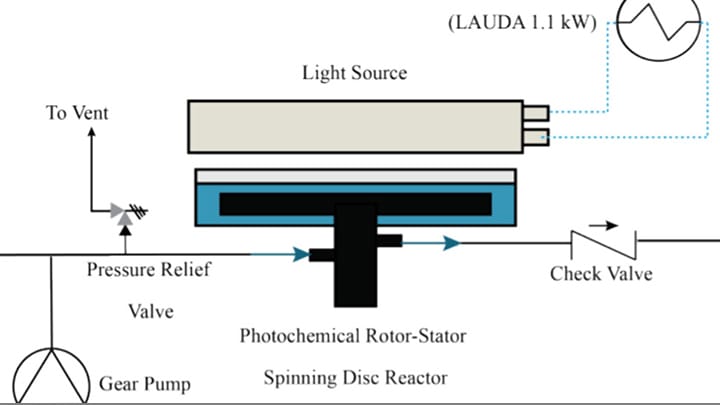
2025 - Chaudhuri et al. -
Scaling Up Gas–Liquid Photo-Oxidations in Flow Using Rotor-Stator Spinning Disc Reactors and a High-Intensity Light Source
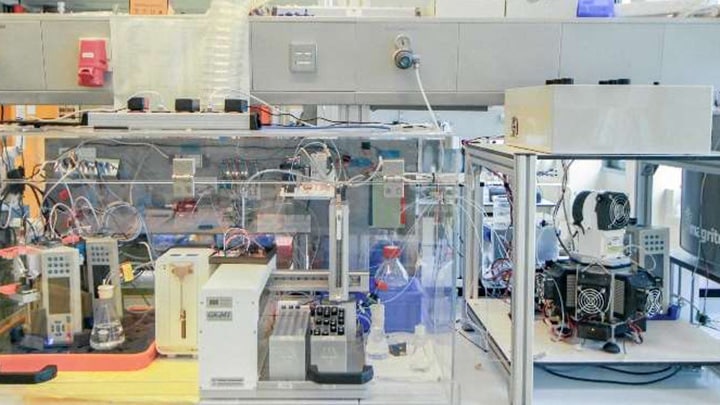
2024 - Slattery et al. - Automated self-optimization, intensification, and scale-up of photocatalysis in flow
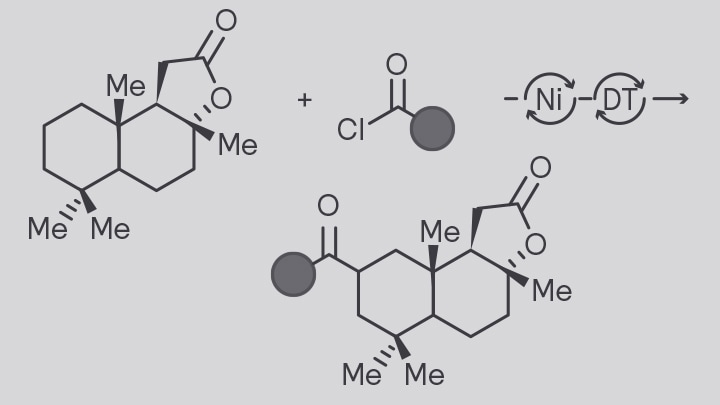
2021 - Mazzarella et al. - Rapid and Direct Photocatalytic C(sp³)–H Acylation and Arylation in Flow
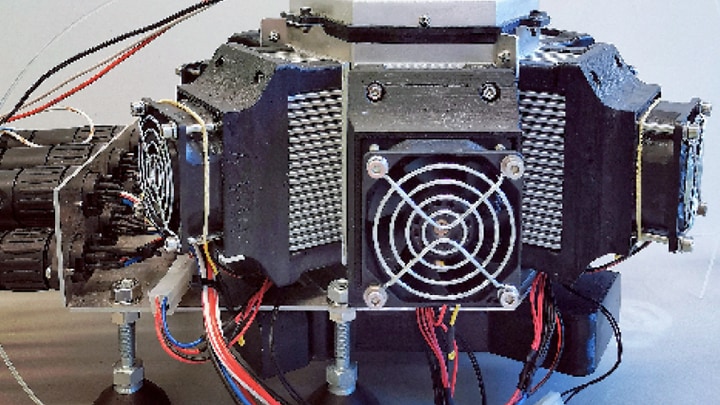
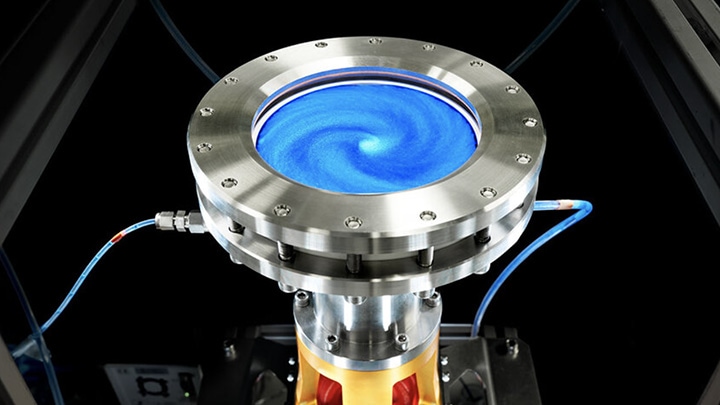
Photoscale: Developing an innovative reactor for industrially relevant photocatalytic conversions
Led by Prof. John van der Schaaf at TU/e, the aim of the PhotoScale project is to develop a scalable, continuous-flow photochemical rotor-stator spinning disk reactor equipped with high intensity light sources. The research will be carried out in close cooperation with lighting company Signify and pharmaceutical company Janssen. At UvA, Prof. Timothy Noël will focus on developing photocatalytic reactions to be carried out in the reactor, in particular those relevant to the synthesis of Active Pharmaceutical Ingredients (APIs).
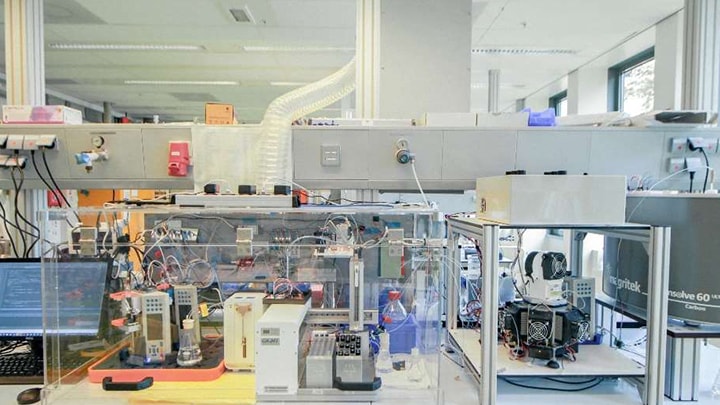
RoboChem: Autonomous synthesis robot uses AI to speed up chemical discovery
In this work, a versatile, all-in-one robotic platform for the autonomous optimization, intensification, and scaling up of photocatalytic reactions in flow is developed. The use of a high-power continuous-flow capillary photoreactor enables highly reproducible data.
We have a longstanding collaboration with Signify and have tested earlier versions of the Signify PhotoReactor. This technology has been instrumental in enabling challenging photocatalytic transformations and facilitating subsequent scale-up processes. Recently, we integrated the Signify PhotoReactor into our RoboChem robotic platform. Its tunable light intensity proved crucial in optimizing reaction conditions for a diverse set of photocatalytic transformations. Overall, we are very excited about Signify’s light sources and their advanced photochemical reactor technology.
